Understanding the Basics of EV Chargers
Understanding the basics of EV chargers is essential before you begin the installation process. EV chargers supply electric energy to electric vehicles (EVs) for recharging their batteries. They come in different types and levels, including Level 1, 2, and DC Fast Charging. Level 1 chargers use a standard household outlet and provide the slowest charging speed, while Level 2 chargers require a dedicated circuit and offer faster charging. DC Fast Chargers, or Level 3 chargers, provide the fastest charging speeds and are typically found in public charging stations.
It’s essential to determine the type of charger that suits your needs and the capabilities of your EV. Understanding different EVs’ charging times and power requirements will help you choose the correct charger for your specific electric vehicle.
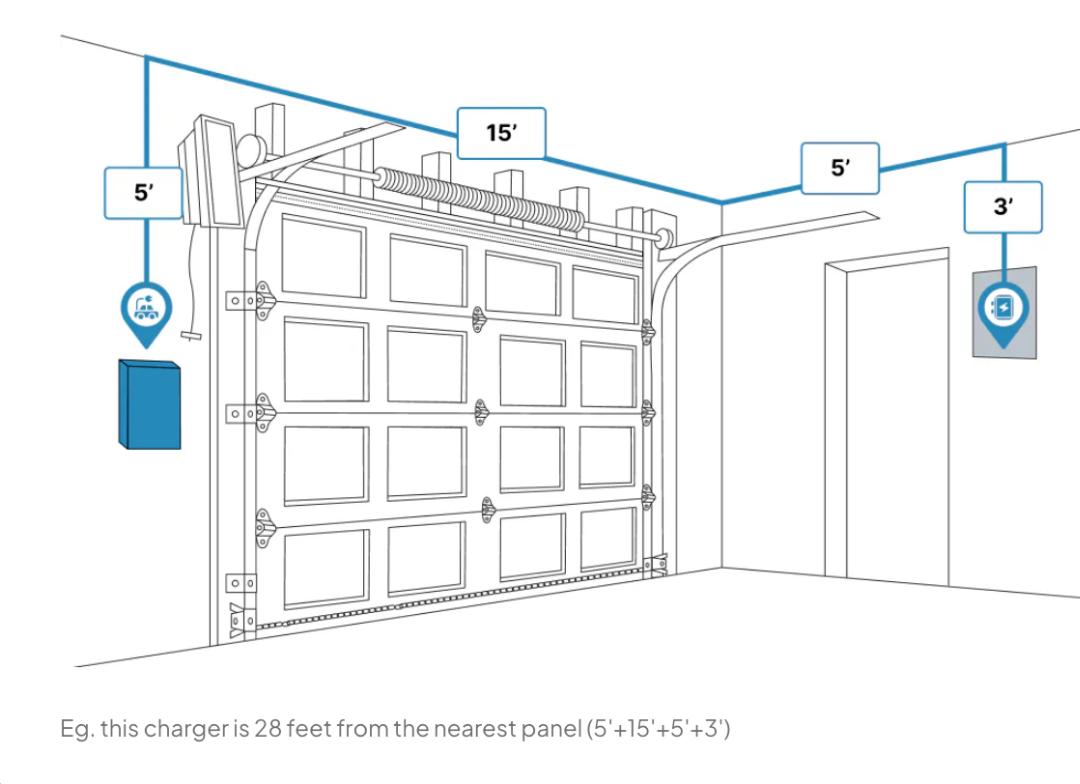
Calculating Your Conduit Run for EV Charger
Calculating your conduit run is crucial in the EV charger installation process. The conduit run refers to the path that the electrical conduit, which houses the electrical wires, will take from the main electrical panel to the location of the EV charger.
To calculate your conduit run, you need to measure the distance between the main electrical panel and the desired location of the EV charger. Consider any obstacles or obstructions requiring the conduit to route around or through. Once you have determined the conduit run, you can proceed with running the conduit and pulling the electrical wires to connect the EV charger.
Choosing the Right Location for Your EV Charger
Choosing the right location for your EV charger is essential for convenience and safety. When selecting an area, consider factors such as proximity to your parking space and the charging port of your EV, consider the accessibility to the electrical panel and the availability of a suitable mounting surface.
Ideally, the location should be close to your parking spot to minimize the charging cable length required. It should also provide adequate clearance around the charger for easy access and maintenance. Moreover, ensure the location has proper ventilation to prevent the charger from overheating.
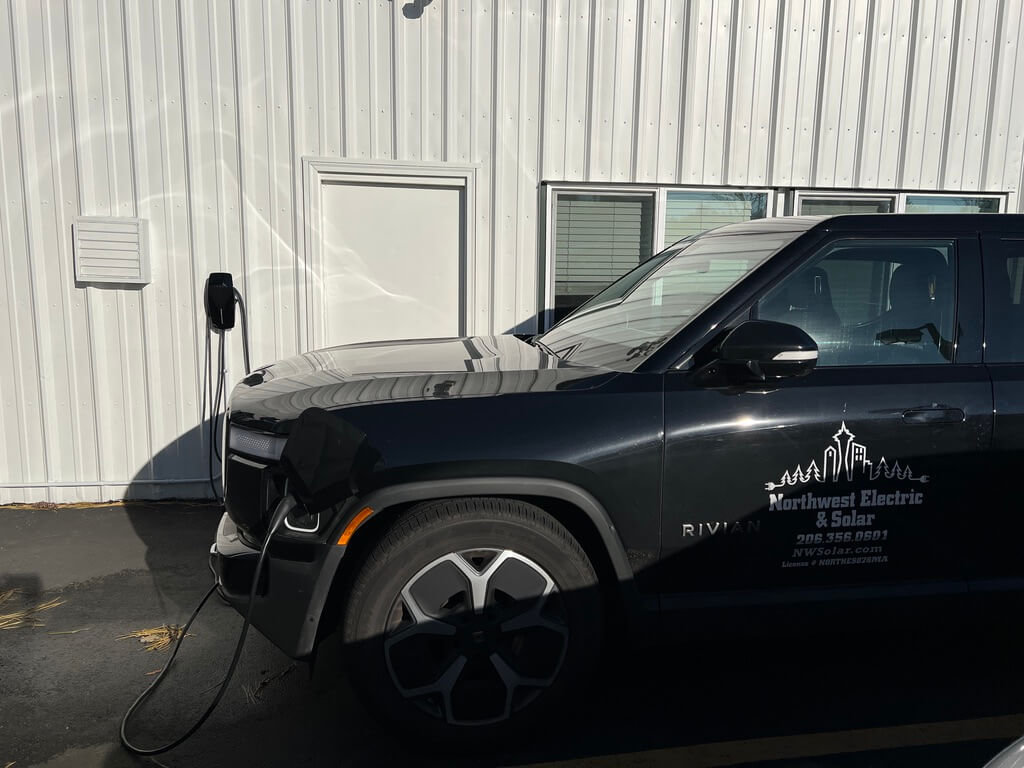
Installing the EV Charger
Installing an EV charger involves several steps to ensure a safe and reliable charging system. Before installing, turn off the power to the electrical panel and follow all safety precautions.
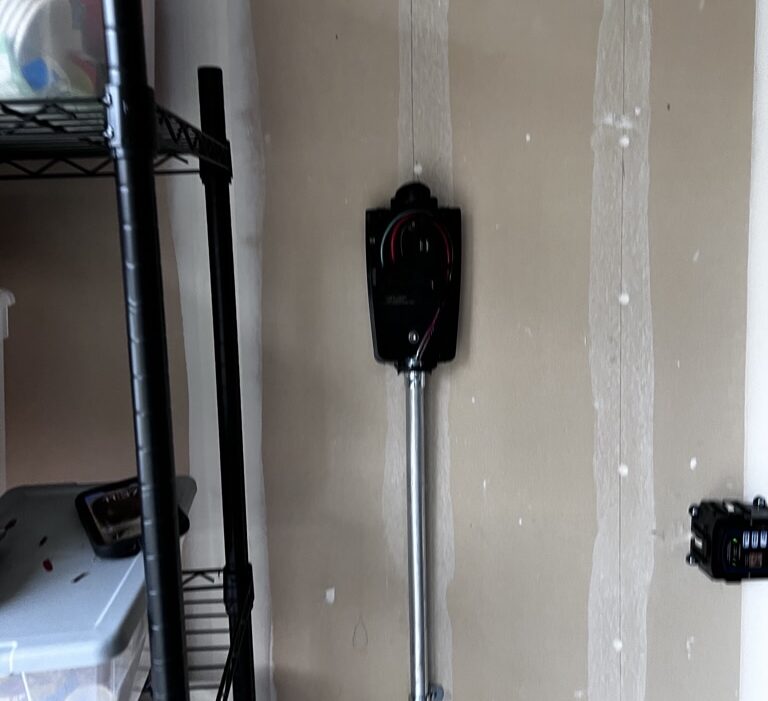
Mounting the Charger
First, mount the EV charger on the chosen location using the appropriate mounting hardware. Ensure that it is securely attached to the mounting surface.
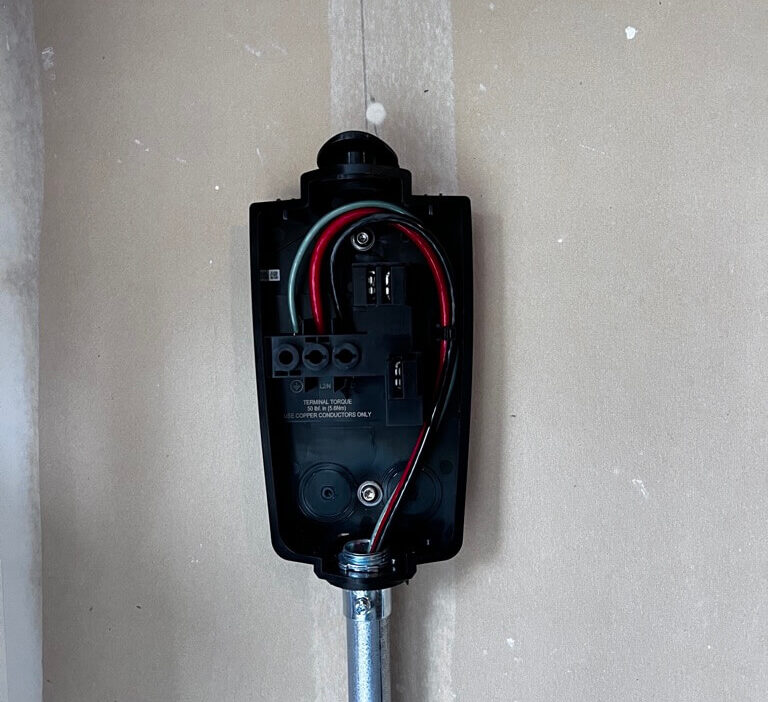
Place the Conduit and Pull the Wire
Next, run the conduit from the main electrical panel to the location of the EV charger, following the calculated conduit run. Connect the pipe (conduit) to the electrical panel and route it through any necessary obstructions.
After running the conduit, pull the electrical wires through it and connect them to the EV charger according to the manufacturer’s instructions. Follow proper wiring techniques and use the correct wire sizes for the electrical load.
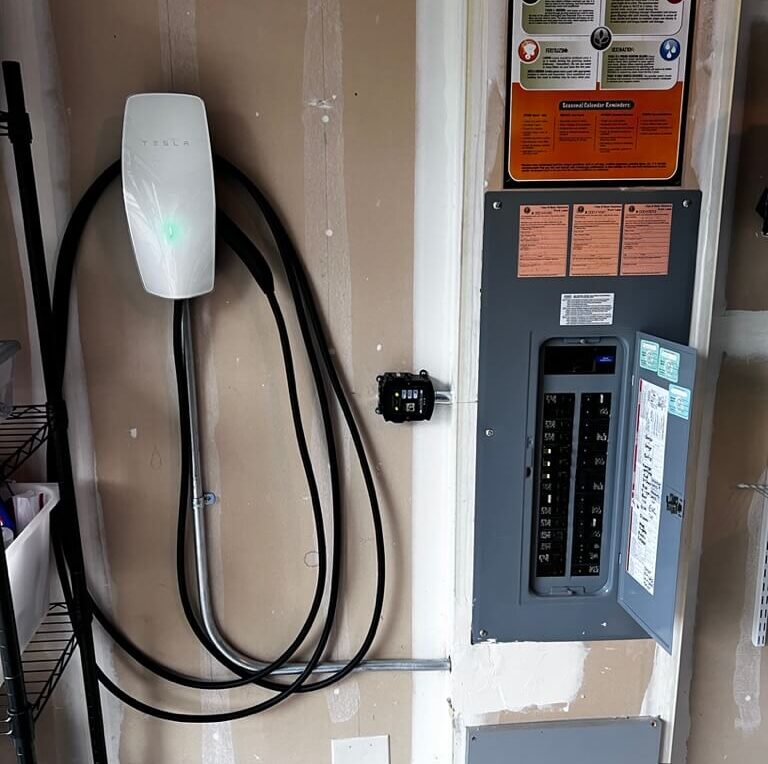
Confirm Connections
Once the wiring is complete, double-check all connections and ensure they are secure. Then, turn on the power to the electrical panel and test the EV charger to verify its functionality.
A Washington EV Charger Installer
Work with your local certified installer for the best EV charging installation experience. We will ensure compliance with electrical codes and regulations. Our expert team of EV charger electricians follow these steps without a hitch and will leave you stunned by their customer service and quality of work. Start charging from the comfort of your home today and get your free estimate for an EV charger!



